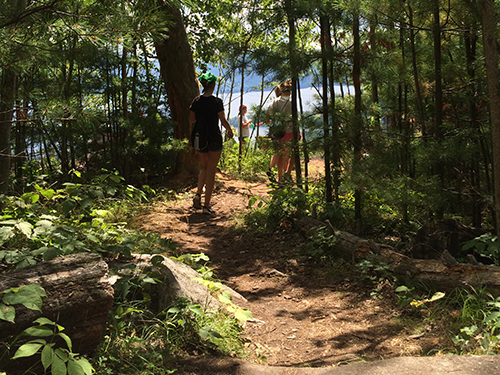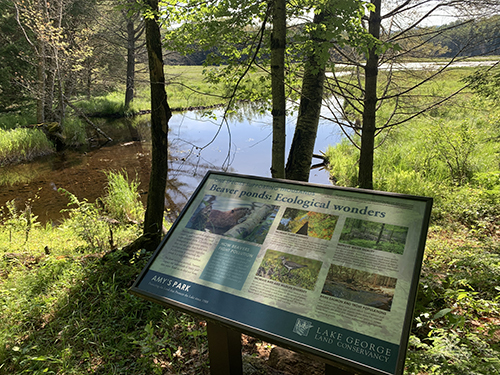Getting Started
There are lots of resources online, just be sure you’re looking at recent information. If you find someone who, for instance, writes a great review of their family’s hike at Amy’s Park in 2018, their experience may be very different from what you’d find today because the trails and parking lots have changed since then.
It’s also best to get your information straight from the source—get the newest brochures and trail details here. In addition to trail info, you’ll also learn that our preserves are open year-round, dawn to dusk, and that some preserves are open to hunting and other activities.

BUILD TO CHALLENGES
Nothing ruins a hike like taking on something too difficult or too long, especially if you have kids in tow. If you are new to hiking, go easy, even if you’re in good physical shape. Get comfortable with the basics of hiking before you add in the challenges that come with steep climbs and more remote locations.

Bring a printed map with you, and know how to read it. You may have a map on your phone, but don’t assume that you’ll have cell service.
Always carry water and high energy snacks, even for a short trek—low blood sugar and dehydration can sneak up on you.
Protect your feet! For many easy and moderate trails, sturdy sneakers are fine, but avoid sandals or other shoes you wouldn’t wear with socks.
A general rule of thumb is it takes 30 minutes to hike an easy 1 mile trail. This varies widely depending on the physical fitness of those in your group. Bring enough food and water for the duration, and bring a flashlight just in case it takes longer than expected.
Hiking Guidelines
![]()
American Hiking Society: Hiking 101
AHS provides tips in a number of categories, including outdoor skills, gear, safety and first aid, and discussions on issues related to hiking and outdoor recreation.
American Hiking Society: Hiking with Kids
Also brought to you by AHS, these are a few tips on what to bring and how to be prepared to bring your kids on their first hike.
Adirondack Mountain Club
Adirondack-specific information on where to go and what to expect when you get there.
Email Sarah at shoffman@lglc.org or call 518-644-9673.
Protecting the land that protects the lake since 1988. The Lake George Land Conservancy is an accredited not-for-profit land trust dedicated to working with willing landowners and other partners to protect the world-renowned water quality of Lake George and to permanently preserve the natural, scenic, historical and recreational resources of the Lake George Region.
-
-
18 February, 2025 No comment
February 2025 News






